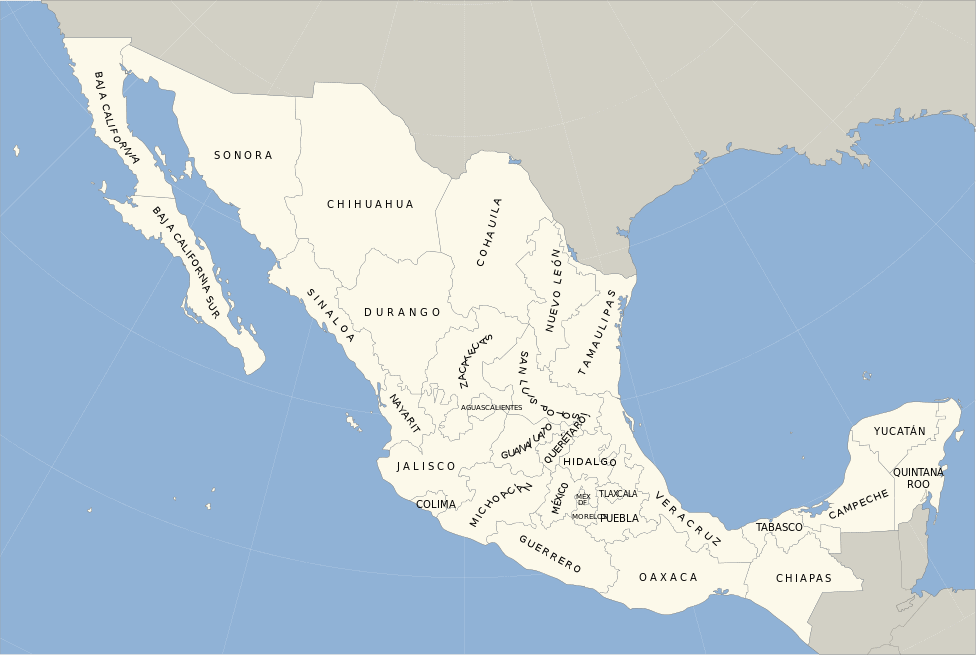Many people tend to think that you can only contract Lyme disease and other tick-borne diseases in specific areas, such as the Northeast and Northwestern United States. Unfortunately, ticks aren’t limited to just these areas.
There has been a correlation between climate change and growing tick habitats, as well as longer seasons where they are active. Ticks can also be found in Eastern Asian and European countries, as well as a bit closer to home, in Canada and Mexico.
Whether you’re living in Mexico or going on vacation there, you probably have your and your family’s health in mind. If tick-borne diseases are on your radar, you may be wondering if you can get Lyme disease in Mexico. Let’s break down the risk and how to protect yourself from tick-borne diseases in Mexico.
Are there ticks in Mexico?
The short answer is yes, there are ticks in Mexico. But there’s more to the story than that.
It’s important to note that Mexico is a relatively big country with many different types of climates and ecosystems. A better question than asking if there are ticks in Mexico is asking what Mexican states have ticks.
Most records of ticks found in Mexico are in the northern and central parts of the country. Mexican states where cases of Lyme have been recorded include:
- Quintana Roo
- Tabasco
- Chiapas
- Veracruz
- Oaxaca
- Michoacan
- Jalisco
- Sinaloa
- Mexico
- Mexico City
- Chihuahua
- Sonora
- Coahuila
- Morelos
The highest rates of Lyme disease were found in :
- Yucatan
- Guanajuato
- The Northern Baja peninsula
- Nuevo Leon
- Tamaulipas
Of these states, those that travelers tend to frequent the most are Baja California, Yucatan, Quintana Roo, and Mexico.

Ecosystems and host animals play a central role in the survival of ticks. Some of the main hosts in Mexico include rodents, white-tailed deer, jaguars, cattle, ringtails, and rabbits. All of these animals have also been shown to test positive for Borrelia.
Can you get Lyme disease in Mexico?
Lyme disease is caused by one of several types of bacteria from the group Borrelia burgdorferi. It’s not just a matter of whether there are ticks in certain areas of Mexico, but if these ticks carry this bacteria. Borrelia was found in 18 of 32 states in Mexico.
398 human cases of Lyme disease were recorded in Mexico between 1939 and 2020. The majority of these cases were recorded in urban versus rural areas. This could be in part due to access to increased access to testing in urban areas. It’s also possible that people exhibiting symptoms travel to urban areas in order to seek treatment, skewing statistics.
Another factor is that diagnosis of Lyme disease can be difficult no matter where you are, including in Mexico where it is not as common as in the United States. Non-specific symptoms can often lead to misdiagnosis, especially if someone isn’t aware that they were bit by a tick.
Some common symptoms of Lyme disease include:
- Fever and chills
- Fatigue
- Muscle and joint aches
- Swollen lymph nodes
- Headache
- Bull’s eye rash which is known as erythema migrans
One distinct difference between ticks in the United States versus Mexico is that there are significantly fewer species of Borrelia in Mexico – three versus nine.

Other tick-borne diseases in Mexico
Lyme disease isn’t the only tick-borne illness out there. Other tick-borne illnesses that have been found in Mexico include Tick-Borne Relapsing Fever and Rocky Mountain Spotted Fever. The latter is the most common tick-borne illness found in Mexico.
The risk of Lyme disease and other tick-borne illnesses in Mexico is not well known. Much of this may be due to inadequate sampling and testing in people who may have Lyme disease. It stands to reason that there are higher rates of disease-carrying ticks in Mexico thanks to its ideal habitats and diversity of ecosystems.
Protecting yourself from ticks
If you know that you are going into an area where ticks are common, including in Mexico, it’s important to take steps to protect yourself from tick-borne illnesses.
If you are traveling to Mexico, the Centers for Disease Control (CDC) offers information on protecting your health while in the country and avoiding contracting any disease in Mexico. Your healthcare provider can give you more information on protecting yourself from illness while traveling before you leave.
When going into shady, moist, and wooded areas, or going out into nature, follow these steps to help avoid tick bites:
- Cover arms and legs with long sleeves, pants, and high socks
- Use a bug spray containing DEET or lemon-Eucalyptus oil
- Tie up hair if you have long hair
- Thoroughly check yourself, family members, and pets after going into areas where ticks may be present
In the case of a tick bite, acting fast helps to significantly reduce your risk of long-term complications. That includes removing a tick with fine-tipped tweezers and being careful not to crush its body as that can release more pathogens into the body.Whether you’re in Mexico, or somewhere else, it’s vital to seek out testing from a comprehensive tick testing lab as soon as possible. IGeneX offers testing services for Lyme disease, as well as other tick-borne illnesses. Most tick-borne diseases can be treated with antibiotics when you take action fast, helping to prevent long-term complications.








